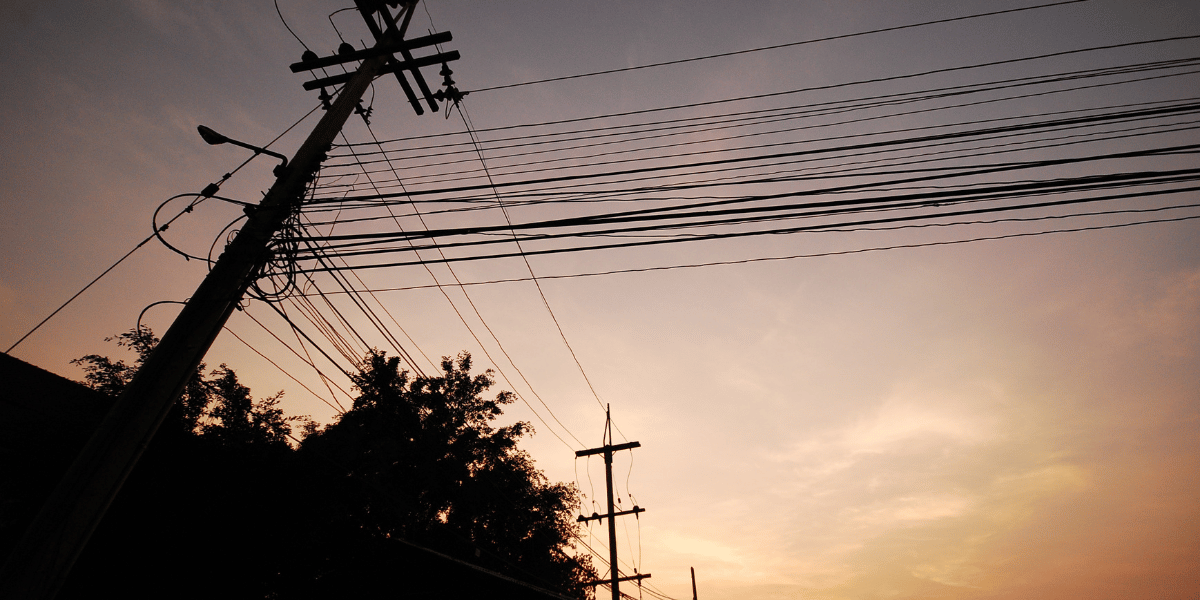
Overhead VS. Underground
The destruction to overhead distribution and transmission networks caused by natural disasters like hurricane Sandy and the wildfires in Australia have caused many electric utilities, governments and regulators to revisit the desire to move overhead power lines underground. Traditionally, the largest obstacle to doing this is the higher cost of installation and maintenance.
Overhead power lines are more economical. They are also at the mercy of extreme weather conditions. Damages often cause power outages which, in extreme cases, may not be restored for days or even weeks. The cost for repairing the actual physical damage can be in the billions of dollars, and that doesn’t even touch on the societal costs ranging from negative public feedback to school closings to economic losses for area businesses that are shut down.
Some utilities have made changes on their overhead system to mitigate problems such as using steel poles, being more vigilant about trimming trees, and improving their monitoring of the power systems, but these lines still remain at risk.
When deciding whether to place a power line overhead or underground, cost tends to be the overwhelming determining factor. There is no question – going underground has an initial cost that is about five times greater (or more, depending on location) than aerial lines. The industry rule of thumb states burying lines cost at least $1 million per mile.
Technical improvements have advanced the reliability of underground power, but it is difficult to assess maintenance costs. Underground lines are better protected against weather, reducing the need for regular maintenance, but they are susceptible to insulation deterioration which increases the potential for a fault. The cost of repairing a buried fault is, not surprisingly, more expensive than on an overhead line where everything is visible and easy to access.
Rather than looking at the short-term cost of burying power lines, perhaps we need to consider the long-term benefits. In addition to avoiding the usual weather-related damage and catastrophic natural disaster damage, the economic benefit of avoiding tree trimming and maintaining clearances, not sending crews to respond to outages and not causing economic losses from downed power lines adds up. According to an EEI survey, there is also evidence that consumers are willing to pay more for aesthetically pleasing views that aren’t filled with wires and poles.
Protecting our power infrastructure is critical, and government should invest in a more stable and secure infrastructure to help ensure the power remains on during extreme weather events. Local planning commissions and code enforcement agencies should explore undergrounding services and secondaries as part of new construction or when new permits are issued. In an industry that annually pays billions of dollars in damage recovery, it is time for all parties to take a big-picture approach to the benefits of burying our electric utilities.
Join a panel of industry experts, including Jim Schoenberg, Dig-Smart, LLC; Lorenzo Jones, TECO Energy; Aaron Smith, Energy Queensland; Kelley Heinz, ComEd; moderated by motivational safety speaker and 811 Ambassador Cliff Meidl, at the CGA 811 Excavation Safety Conference & Expo in Palm Springs on Tuesday, March 24 for the Electric Safety Summit as they explore the top issues affecting the electric industry and work to develop solutions.
